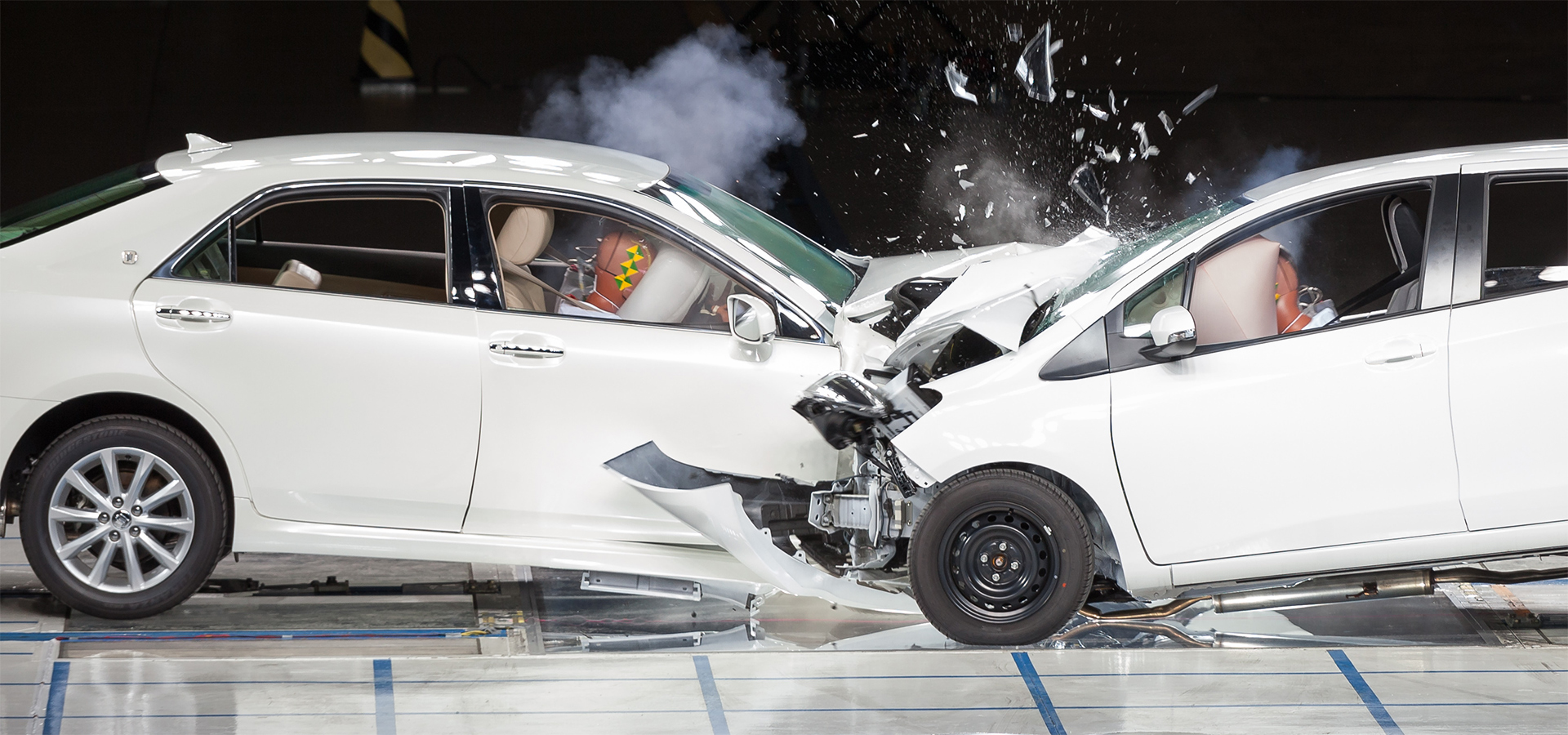
Impact Force Measurement Tools: Enhancing Vehicle Impact Data Sets
Vehicle impact tests are essential for evaluating safety. A single missing data point could significantly impact the results and potentially lead to a negative outcome. And one negative outcome could dramatically damage a brand’s reputation.
Vehicle testing can’t prevent every tragic scenario. However, the more complete your data sets are, the better automotive safety ratings you will receive and the more lives your vehicles will save. How can you refine your data to achieve these benefits?
Today, we will discuss the benefits of using impact force measurement tools, such as an electronic pressure sensor pad. We’ll also consider the impact types to test, common issues with current testing procedures, how additional data benefits manufacturers and safety engineers, and how to get such data posthaste.
Types of Impacts: Are You Testing Them All?
The most critical impact test coverage questions are:
- Are you testing everything that can be tested?
- Are you leaving any data behind?
- Do you have a picture encompassing not just single points but also the force distribution over time?
While an accelerometer or load cell can tell you what is happening in X location, it can’t tell you how motion and distribution area affect passenger outcomes, such as whiplash. This limits your understanding of the situation and ability to address it through iterative engineering.
Up to this point, the answers to the above questions were unsatisfactory, as the technology didn’t exist to test them comprehensively. Thankfully, that has changed (more on that below). Today, you can use high-quality, accurate, and repeatable systems to test every type of impact: rear, side, front, rollover, and more.
While traditional measurement equipment still offers valuable information about occupant safety, there is a chance of missing data in complex crash test scenarios. Recent years have seen a demand for more advanced impact force measurement tools. The existing vehicle testing problems will persist if this demand is not met.
Let’s look at those now.
Common Issues with Current Vehicle Impact Testing
Today’s vehicle measurement equipment relies on discrete sensors. While tools such as ATDs (anthropomorphic test devices) are equipped with accelerometers, load cells, and strain gauges to provide a window into critical aspects of the impact scenario, they are limited by their specificity to specific anatomical locations.
As such, they may not provide the detail needed to address dangerous situations during a crash. This risks passenger safety but negatively affects the brand’s consumer loyalty, safety ratings, and market standing.
These are only a few challenges facing engineering safety specialists in the modern area. Other equipment-related issues include:
- Inconsistent results from sensors that need frequent recalibration or become obsolete quickly.
- Gaps in data from systems that contain blind spots (for example, the inability of a camera to see between the dummy and airbag on impact).
- A high upfront investment in expensive equipment dedicated to only one test.
- Additional expensive testing to try and address the above issues.
Luckily, cutting-edge impact force measurement tools can help address such issues.
The Benefits of Additional Data
The additional data that comes from advanced impact force measurement tools from XSENSOR are myriad, including:
- Advancing product and corporate profiles to investors, reviewers, and consumers.
- Ensuring engineers have the tools to create fully realized pictures of what happens during impact.
- Attracting talented resources who want to work for a company with the best technology.
- Maximizing crash test safety ratings, which both protect people and increase profits.
XSENSOR Technology's High-Speed (HS) Impact system was designed to address the challenges faced by safety engineers and automotive manufacturers. This technology has become a game-changer by being included in a recent IIHS (The Insurance Institute for Highway Safety) protocol, the Moderate Overlap Frontal Crashworthiness Evaluation 2.0. Its ability to give a more comprehensive view of safety issues has been lacking for years. But now, with this system, manufacturers can establish themselves as leaders in the industry. XSENSOR's HS Impact system provides many benefits and helps meet these challenges head-on.
With XSENSOR’s electronic pressure sensor pad and software, you can improve your existing data set, work with different systems, take readings inside the vehicle and on the sled, and confidently validate prototypes that lead to safer cars, trucks, and other vehicles.
Plus, the system is compatible with Hybrid III or THOR ATDs. This allows you to explore formerly unplumbed depths of data with great precision, such as female-specific safety metrics.
The benefits don’t stop there. With XSENSOR, you can evaluate various safety systems using ATDs, including seat belts, airbags, and headrests.
The result? Nothing less than complete and accurate data for safer vehicles.
Complete and Accurate Data for Safer Vehicles
So, how do impact force measurement tools help you complete your data set? They:
- Provide new and actionable insights for regulatory compliance.
- Test to validate a design, even when not required as part of a regulated test.
- Measure the displacement pressure between airbags and human bodies, seatbelts and people, and headrests and people.
- Evaluate force distribution by the seatbelt.
- Round out previously poorly understood metrics or inaccessible to existing tests.
- Fill in gaps left by ATDs, load cells, accelerometers, and cameras.
With electronic pressure sensor pad technology that can be used on the dummy, interior surfaces, or the sled, you have unlimited options for testing without constant recalibration. There’s no downside.
Learn More About XSENSOR’s Solution Today
With XSENSOR’s electronic pressure sensor pad technology, your impact force measurement tools took a giant leap forward. Our innovative solution perfectly accompanies existing test methods, bridging gaps and offering supplementary data sets and visualization for all impact tests.
With high-resolution data of up to 5 mm and thousands of frames per second, you can help drive vehicle manufacturing toward a safer future. All you must do is contact XSENSOR’s team to learn more and schedule a demonstration today.
